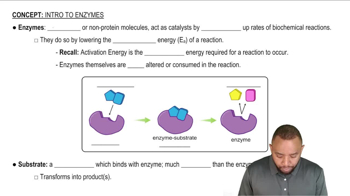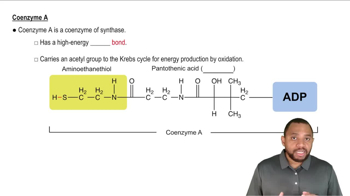Adults who are lactose intolerant cannot break down the disaccharide in milk products. To help digest dairy food, a product known as Lactaid can be added to milk and the milk then refrigerated for 24 hours.
<IMAGE>
a. What enzyme is present in Lactaid, and what is the major class of this enzyme?






